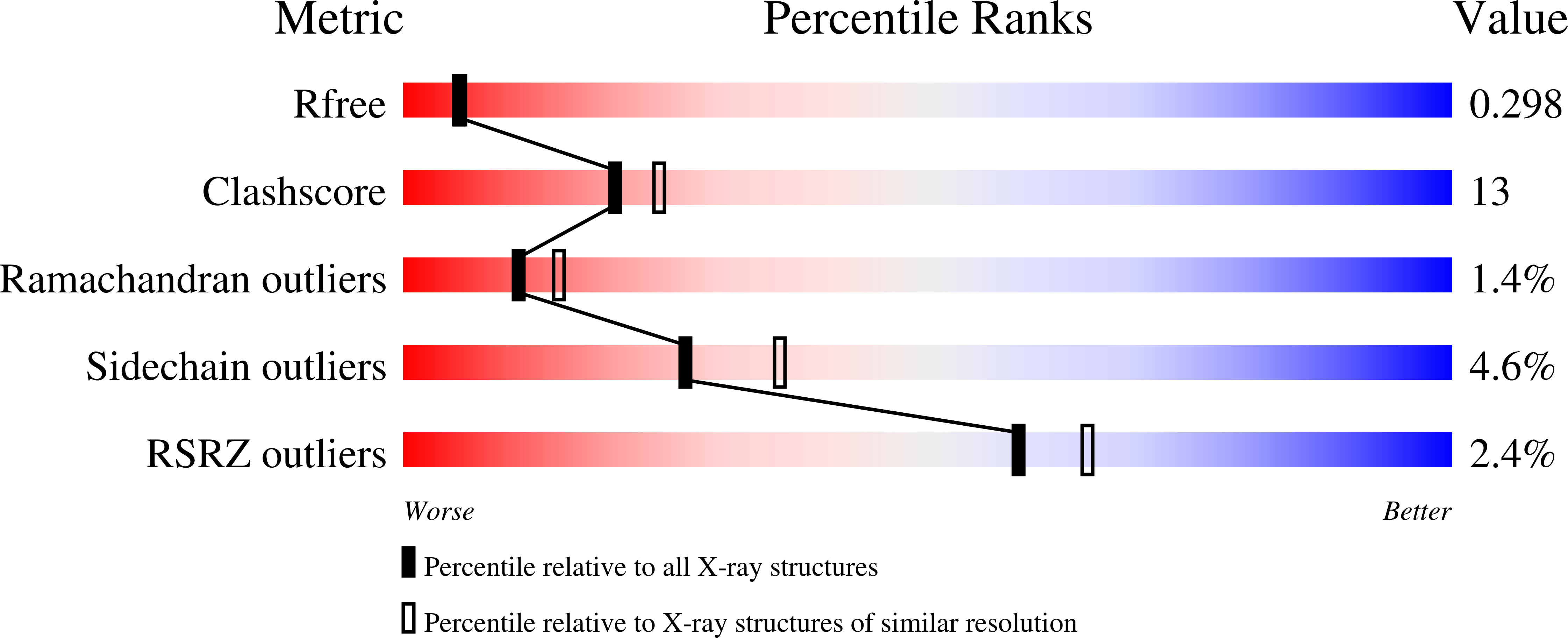
Deposition Date
2007-07-12
Release Date
2008-04-01
Last Version Date
2024-11-20
Entry Detail
PDB ID:
2QL1
Keywords:
Title:
Structural Characterization of a Mutated, ADCC-Enhanced Human Fc Fragment
Biological Source:
Source Organism:
Homo sapiens (Taxon ID: 9606)
Method Details:
Experimental Method:
Resolution:
2.53 Å
R-Value Free:
0.29
R-Value Work:
0.23
R-Value Observed:
0.23
Space Group:
C 2 2 21


